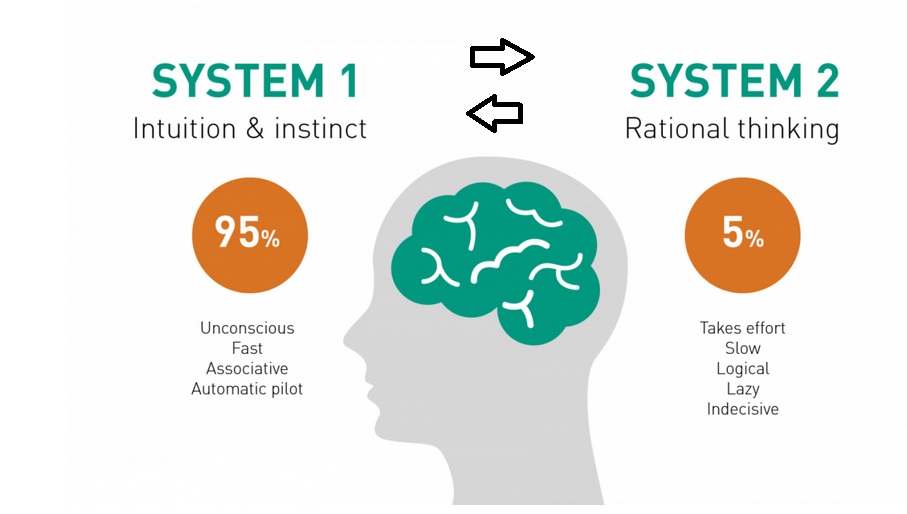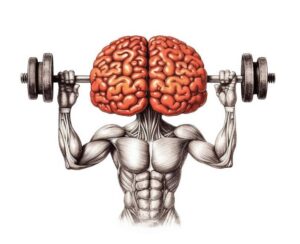Whenever I travel by plane I find it very interesting to observe how people get up from their seats the instant the plane comes to a halt. You can get off the plane only when the doors open and in a sequential manner. Everyone knows this, but it is difficult to stop the urge to get up. And this happens across every country I have visited so there is nothing cultural. It seems to be a part of human nature. Another example of human nature which transcends cultures can be observed through how people interact with their phones while travelling on a metro. If you observe carefully you can actually divide the people into 3 groups: a) Largest group – completely hooked to their phone. Won’t even look up until they need to get on the train or get off; b) Second largest – Checks the phone then puts it back in the pocket. Tries to stop the urge to check again but then after some time gives in. I belong to this group and c) a small percentage still enjoy looking out of the window or talking to their neighbor or just sit quietly. No need for instant gratification. These are couple of examples to show how we encounter urges for instant gratification in our daily lives.
It could be whether you eat that last piece of dessert on the table or resist the urge, go for that exercise routine you planned in the morning or spend 1 hour more in office, take the car to the nearby mall or walk. There is always the choice between instant gratification vs. stepping back, thinking, analyzing and then acting. I have found it useful to think about decision making in terms of System 1 and System 2 as defined by Daniel Kahneman in his famous book “Thinking Fast and Slow”. System 1 according to Kahneman leads to all our impulsive decision making. It is our map or view of the world based on our upbringing and experiences through our lives. I think of it as the sub-conscious. System 2 is more analytical and wants to think through, reason, understand a situation and then decide. This is the conscious brain. According to Kahneman we predominantly live our lives through System 1. Unless the situation is something which System 1 has never encountered before or is hard for it to solve instantly, System 1 prefers to make decisions itself and not involve System 2. For example, if we have to calculate 2 multiplied by 2, the answer 4 comes instantly to mind. But if I ask you to calculate 17 multiplied by 53 you would need to sit and solve it, and this is where System 2 gets involved. People think they do analyze before acting but in most cases what they are doing is confirming their already existing view of the world based on System 1.
If we resist giving into the urge of responding immediately, it is possible to observe the dialogue between your System 1 and System 2. For example, in the plane example, this is how the interaction between System 1 and System 2 could go
System 1: I have been on this plane for 3 hours I need to get up. If I am the first one up I might get off early. Atleast I will feel that we are about to get down. The flight has been exhausting!
System 2: But… Boss the guys in front of you will leave first. And the door hasn’t opened as well. Does it really make sense to get up and create more chaos? Be patient and demonstrate good behavior!
Now depending on the mental state of the individual, either System may still win the argument. But it is highly likely that the individual will choose the response ingrained in their System 1.
I believe we can use this insight to change our ingrained habits or behavior. Habits are essentially what our System 1 believes and therefore drives our first response or impulsive action. Changing habits means making changes in our System 1. For example, changing eating habits, exercising, managing anger or reducing alcohol intake all require changes in our impulsive response. And this can happen through regularly taking few seconds for an internal dialogue between our conscious (System 2) and sub-conscious (System 1) brains before we act.
I am no expert and am myself going through this lifelong learning process but there are three methods I have found useful in practicing the internal dialogue.
- Above all tell yourself to “slow down”. I know it sounds counter-intuitive in a world which wants to run faster but if you really want to harness the power of the mind, understand the internal beauty, you need to slow down instead of being always in the reactive mode. This means ruthlessly prioritizing and doing less. For example, if you are trying to change habits, pick up one and focus on one thing rather than many at the same time.
- Mindfulness and Meditation: Accessing the internal dialogue is about carefully observing your mind. And this happens if you are present with the situation. Based on personal experience, even 10 minutes of daily mindfulness practice helps you be “present” with what you are doing during the day. Do it in the morning before the start of your day.
- Journaling: Writing about specific situations in the day and how and why you acted the way you did helps bring out the internal dialogue.
Overtime with repeated deliberate practice there is something unique which starts to happen. The internal dialogue between the two systems (impulsive and analytical) starts to happen effortlessly, while you (the self) become the “Observer” of the dialogue and the decision maker. I believe there is immense power in continuously unlocking these communication channels within the self.




